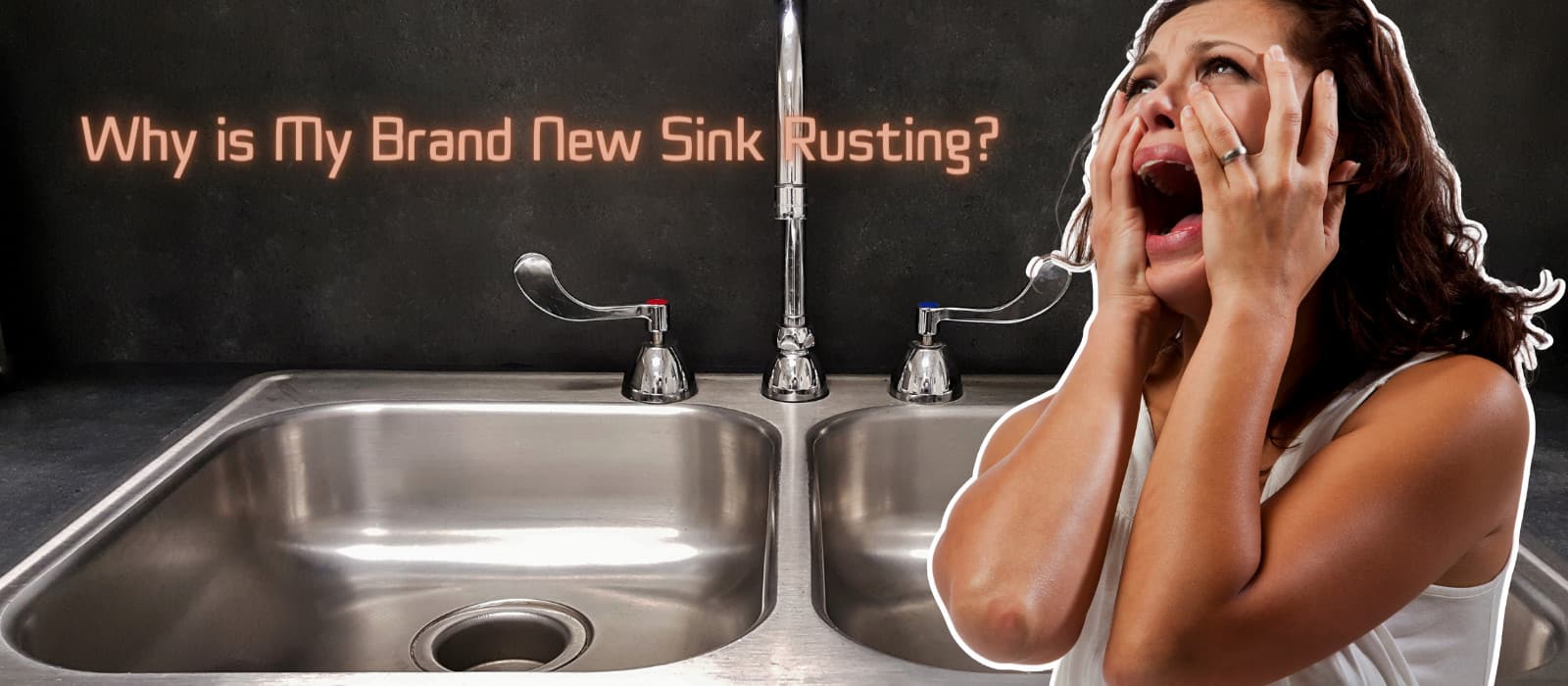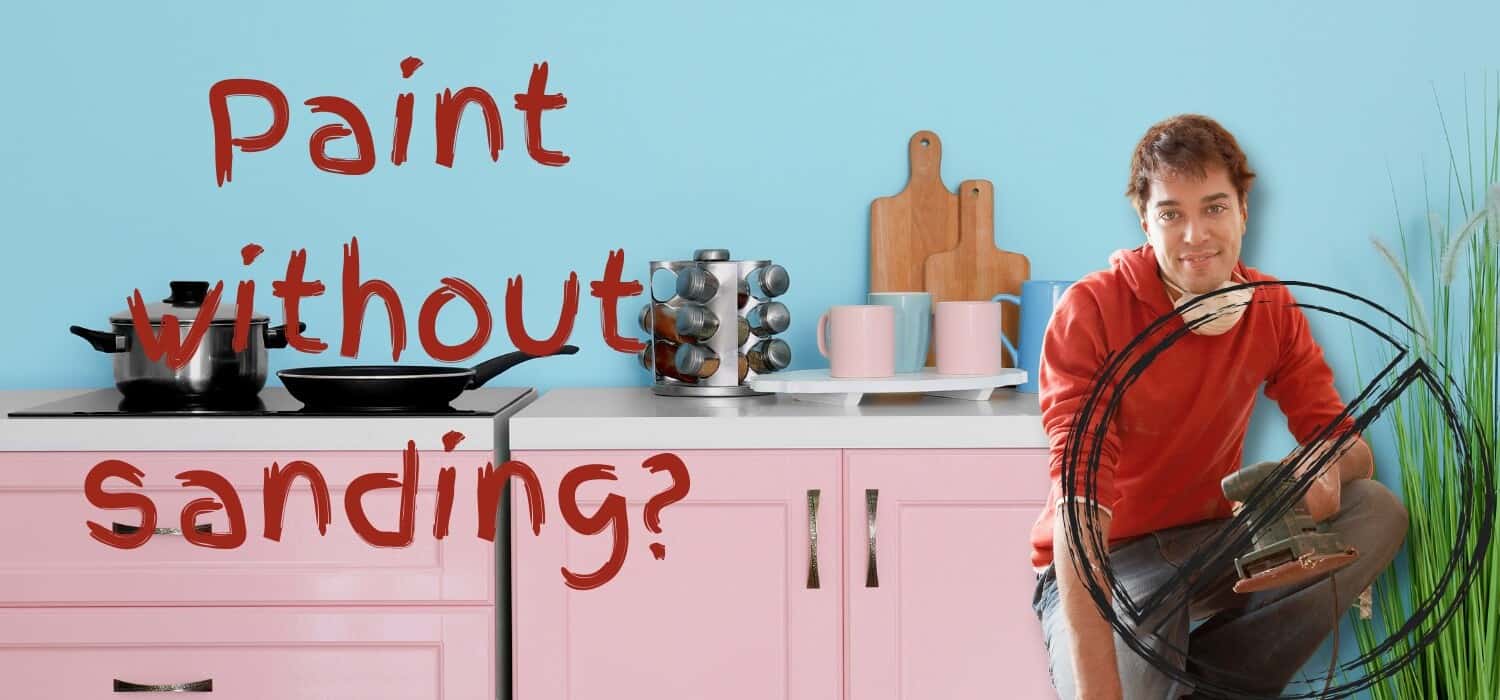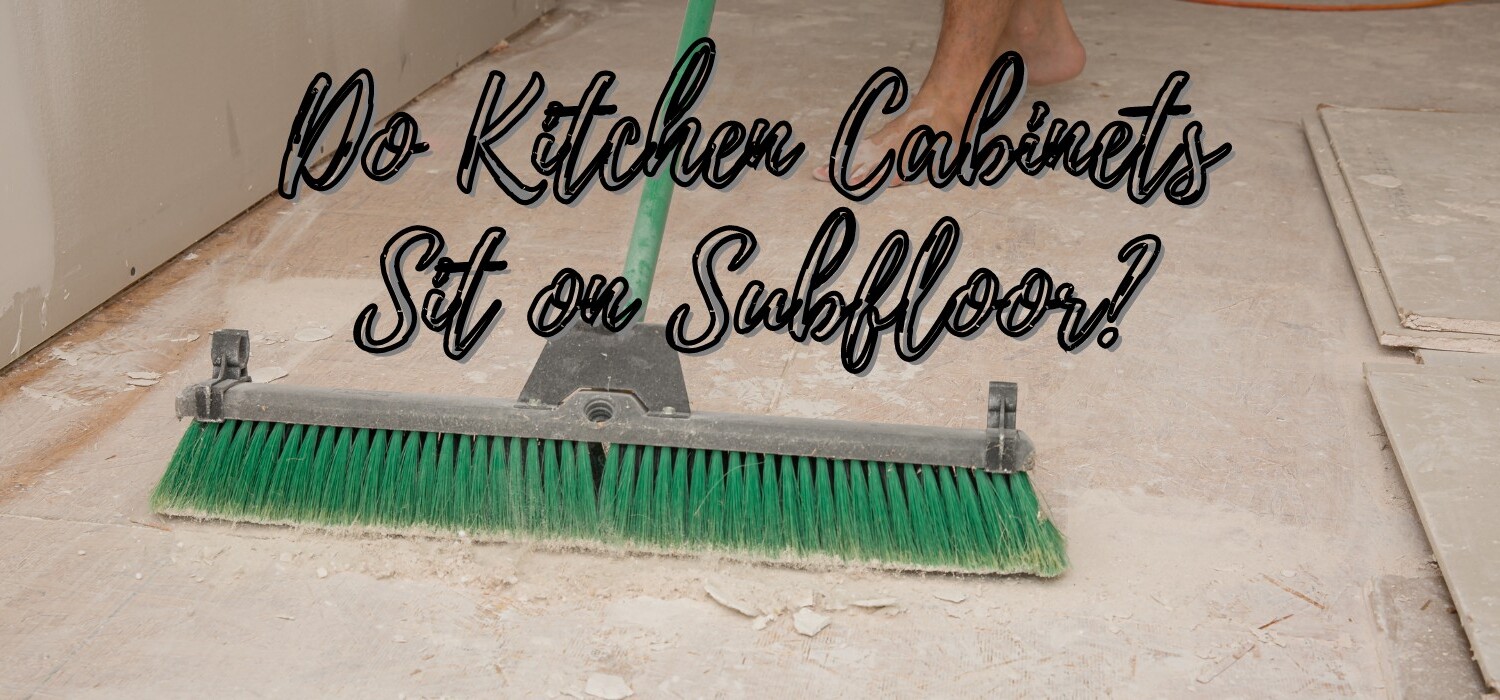You love your kitchen! The new countertops are gorgeous, and the cabinets are something out of a dream. But you’re doing your best zen master impression trying not to freak out that your new stainless steel sink has brown rust stains! So, what’s the deal?
Your brand new sink most likely isn’t rusting. Instead, some other metal like a cast iron pan or old knife left behind some water with iron in it.
You could easily wipe away those scary brown rust stains with a soft cloth. That’s the good news. The bad news is your new sink hasn’t seen the last of rust unless you do something about it.
Why is My Stainless Steel Sink Rusting?
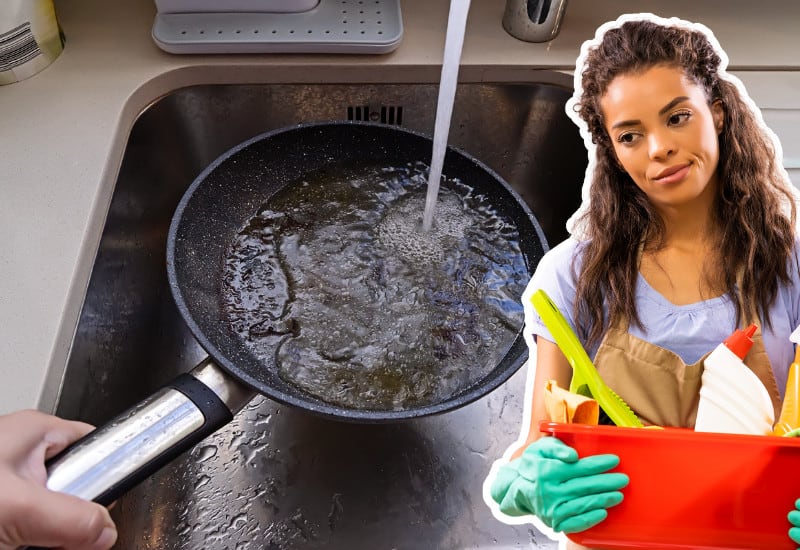
As I said, the most common cause for new sinks suddenly rusting is the leftover water from another metal with exposed iron. However, it’s not the only cause related to rusty sinks. I’ll share some more possibilities with you, but first, let me share why this common brown corrosion is so quick to infiltrate kitchens across the globe.
Believe it or not, rusting is specific to iron. Once iron has been exposed to air and water or harsh substances like chlorine and salt, the metal begins to degrade, and what was once a sturdy material now shows brown flaky decay.
Now, you might think you’re safe since you bought a sink made of stainless steel. I’m sorry to be the one to tell you; stainless steel, like every other kind of steel, has iron in it along with carbon, chromium, and other goodies to make it as desirable as you found it. The big difference is that the chromium element protects stainless steel from rust.
But here’s the catch. Hundreds of grades and variations of stainless steel exist. Each alteration uses varying amounts of elements, like chromium. This takes us to the second possibility your sink is rusting.

If your stainless steel sink is made of lower-quality materials or inferior grades of stainless steel, its protective layer may already be worn down from exposure to harsh conditions. What sort of harsh conditions are attacking your sink, you say? Well, that’s the cause of rust option number three.
When stainless steel is subject to damaging solutions or abrasive materials, its fabricated passivity layer that prevents rusting will eventually fail to do its job. Examples of normal kitchen wear and tear of sinks include:
- Hard tap water with too much iron content. Have you ever experienced that metallic taste of food or drinks made with faucet water? That’s iron.
- Chlorine in your water. In an attempt for municipalities to purify or treat public water, chlorine may be used. Unfortunately, chlorine speeds up the rusting process by quickening the damage to the stainless steels protective layer.
- Using abrasive cleaning tools and chemicals in your sink. Whether your ritual cleaning involves scrubbing with typical steel wool or letting mineral spirits and chloride disinfectants sit and attack the grime, these are ways to remove every layer of your sink until the iron has been exposed.
- Leaving food and water to sit in your sink for too long. The longer water is left in your sink, the more prone the oxygen around you is to ignite an electrochemical reaction with the sink’s iron components. As for food, another hazard capable of hastening the rusting process is salt. Prolonged table salt exposure will eat away your sink’s formidable properties.
Stainless Steel Rust Prevention
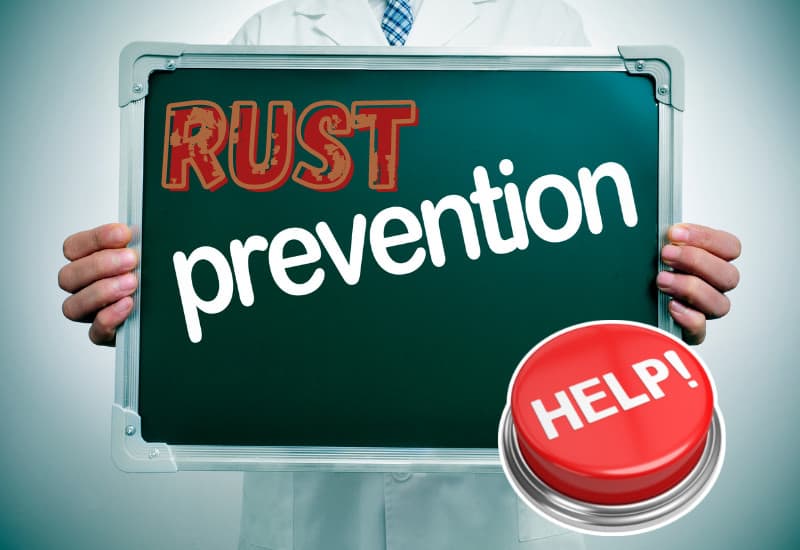
I don’t want you to think you can never use your stainless steel sink! You can get years and years of use out of your new kitchen area. But it requires proper and careful care.
The best stainless steel rust prevention for your sink involves regular cleaning with a soft cloth and no more than a mild surface cleaner. And if you want to go the extra mile, apply a manufactured protective coat made with polyurethane or epoxy.
Use a cotton rag, an old washcloth, or a durable sponge. You’ll be okay if you avoid the tough metal bristles and steel scrubbers. And remember to dry your stainless steel sink after every cleaning. Even a mild cleaner can do damage if left alone long enough.
Remove Rust From Stainless Steel Sink
There may still be time if you have a big problem and your stainless steel sink is blooming with signs of rust. There are plenty of over-the-counter rust removers available online and in your local hardware store. But why not try a simple home remedy first?
The first method you should try to remove rust from a stainless steel sink is a homemade solution of white vinegar, baking soda, water, and a sponge.
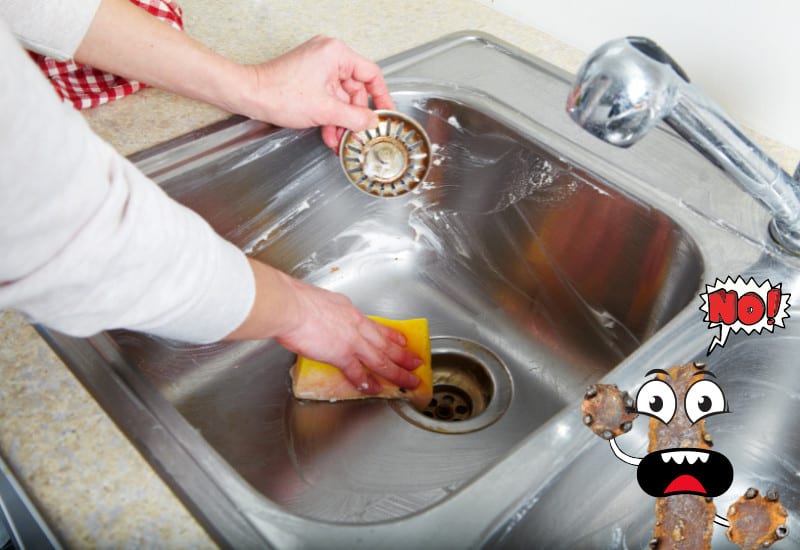
- Mix together no more than half a cup of baking soda and white vinegar in a bowl. Swirl in the vinegar slowly until you reach the consistency of oatmeal or slightly thicker. Add some baking soda if you use too much, and your rust remover is overly watery.
- Next, apply your homemade rust remover on the rusted spots of your stainless steel sink. You can use as much as you want as long as your spread isn’t too thin. Spread it with a brush, towel, spoon, or anything else available. Let the paste sit for ten to fifteen minutes, so the acidity in your mixture has time to break apart the rust.
- Now grab your sponge and start scrubbing the homemade rust remover into the rust. If the solution did its job, you should begin noticing the rust’s roughness breaking away with each scrubbing motion. But be careful not to rub the rust particles into the sink. You could damage the surface metal further. The goal is to push away the rust from its hold.
- If all goes well and you don’t need something more potent and store-bought, rinse the paste and any corrosive remnants with water, drying with a cloth afterward.
Usually, by the time you spot any rusting in your stainless steel sink, this method is more than capable of handling the job. Good luck!

